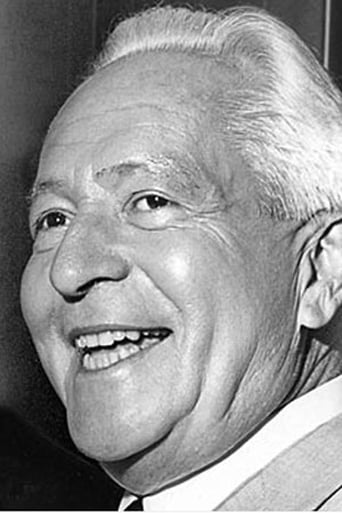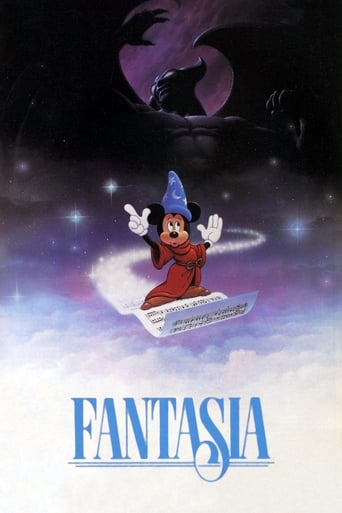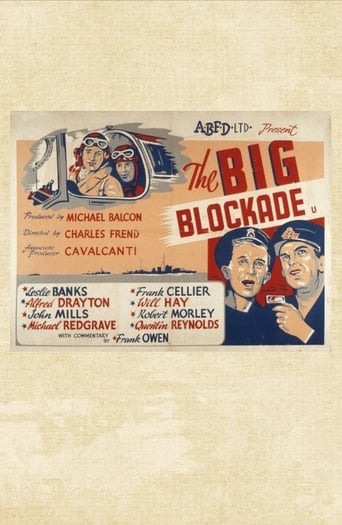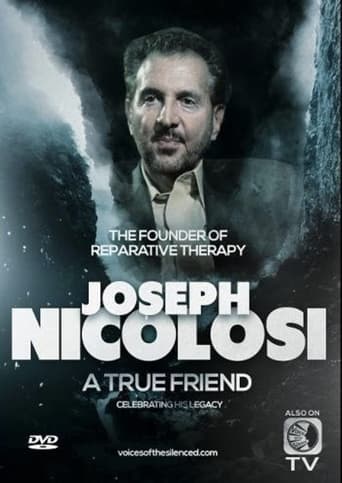
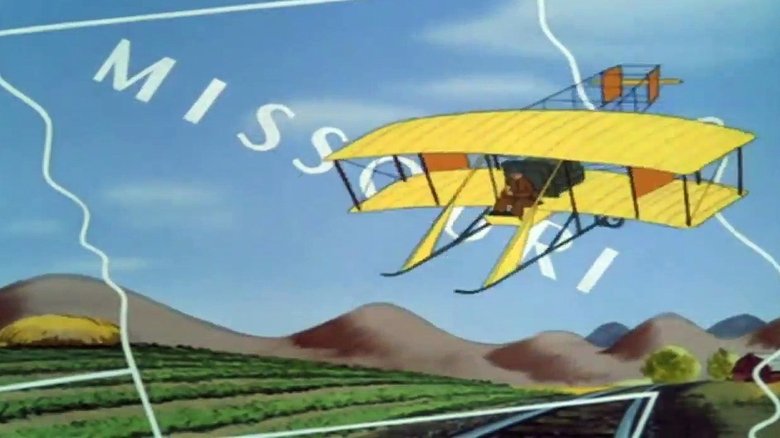
Victory Through Air Power (1943)
This is a unique film in Disney Production's history. This film is essentially a propaganda film selling Major Alexander de Seversky's theories about the practical uses of long range strategic bombing. Using a combination of animation humorously telling about the development of air warfare, the film switches to the Major illustrating his ideas could win the war for the allies.
Watch Trailer
Cast


Similar titles
Reviews
Disney is most known for their family friendly output, featuring lovable characters like Mickey Mouse and Donald Duck. During WWII several of those characters were put in some really unusual situations as Disney were used to output propaganda movies in an attempt to make the public buy more war bonds to finance the war efforts, with Donald Duck in the Oscar-winning Der Führer's Face as the possibly most famous, or even infamous.Victory Through Air Power is a feature length animated documentary based on the book by Alexander de Seversky, who also features in the movie. It tells the history of aviation, with main focus on the use of airplanes in war situations, and culminates in one man's viewpoint of how the war could have ended. It is the historic parts that really stands out, starting with the Wright brothers and covering the most historic events in early aviation in its recap of aviation history up until WWII started. But the movies message about the importance of an air force in a modern war rings true to this day, and the movie's presentation of how the war could have gone on for many more years than it actually did was also interesting.There is nothing hasty or cheap looking in this movie, it is a proper, well done feature length animated movie from Disney, and a fascinating ride even today, as long as one has the right mindset for it.
Disney like most other Americans in the early 1940s wanted to find some way to contribute to the war effort short of actually fighting. This film - along with the other wartime shorts on the DVD that contains it - stems from that impulse.On one level, the film is meant to educate general audience in the scenarios of the history of flight, aerial combat and the (then) global crisis regarding the Allies vs. the Axis powers.It does its job, entertaining when possible, affirming destruction and American/Allied dominance at critical points.During my most recent viewing of it, I found that it almost seemed to make the case for nuclear warfare. Not outright, mind you, but through its continued emphasis of how Allied airstrikes, because of their remote points of origin, can/could not possibly inflict enough damage to Axis supply lines to shut them down. The film and its military authority Major Seversky propose that long range bombers are the answer - after which a presumably innovative animated version of just such a long range bomber is shown on screen: its long, clumsy-looking, with several large gunwales pointing out all over the plane's body. After seeing that, i could only surmise that military officials of the 1940s saw the folly in trying to build bigger and better airships to do in the Axis. Instead, per the film's rhetoric, the more logical solution seems/seemed to be: "Forget about trying to send a volley of superplanes; instead, send only one plane - but design its cargo to deliver Armageddon!"
Based on the book by Major Alexander de Seversky published in 1941, this film is basically Disney's vehicle for pressing De Seversky's military plan upon Roosevelt, Churchill and the people of America and Britain. De Seversky argued that we should use bombers to attack Axis factories, farms, lines of transportation and resources. Basically, he argued that America and England should begin killing civilians by the tens of millions. And it's a Disney film.After a brief homage to General Billy Mitchell, the first major animated sequence of the film you've probably seen: "History of Aviation." It starts with the Wright Brothers at Kitty Hawk, and documents the beginning of flight. It then moves on to the formation of the American Air Corps in 1908, early achievements in flight. It shows how aircraft were used in World War I, with the first surveillance planes, the first fighters and the first bombers.The film moves on to give a history of World War II up to that point, but there are several factual errors, including a sequence where the German Army uses air cover and tanks to break the Maginot Line. In reality, Germany simply invaded France through Belgium. It shows that the invasion of Crete was a great victory for Germany, while it was actually a disaster that nearly failed.The film then goes on to describe America's role in the war, describing America as the "Arsenal of Democracy." It argues that since American supply lines are thousands and thousands of miles long and German/Japanese supply lines are very short, Japan and Germany have a decided advantage over us. The solution? Stop attacking Hitler's tanks and soldiers, and begin attacking the factories, farms, workers and farmers which build those tanks and feed those soldiers.The film has a decidedly unsettling tone about it. It begins as a typical Walt Disney cartoon documentary, light-hearted and funny, but it ends describing some of the most disturbing tactics of modern combat, such as blowing up dams to flood the enemy, and employing bombs that will cause earthquakes, perhaps a metaphor for nuclear weapons. It's definitely not for children.The version found on The Disney Treasures set "On the Front Lines" is only 65 minutes long, and doesn't have the scene that argues that America is the greatest nation for aviators by insulting every nation in Europe, including our allies, France and Britain.
Now that Disney's released the Black Cauldron and Melodytime, that leaves very few Disney films that have never been released on a home video format. In fact, it pretty much leaves this and Song of the South.I have seen about half of the movie, in bits and pieces, because of Disney's habit of using clips from older animations in newer compilations. Chances are, if you've ever seen Disney animation showing WWII vintage fighters or bombers, you've seen a part of this film.There's nothing terribly entertaining anymore about Victory- it's as entertaining as any other WWII-era propaganda film. But, given collectors' completist mindset, and given the historical significance of any and all war-era films, I think Disney needs to release this movie; even if it's in an extremely limited mail-order-only release. It needn't come in a clamshell, but Disney owes it to their fans to let them have the opportunity to see ALL of their work.


